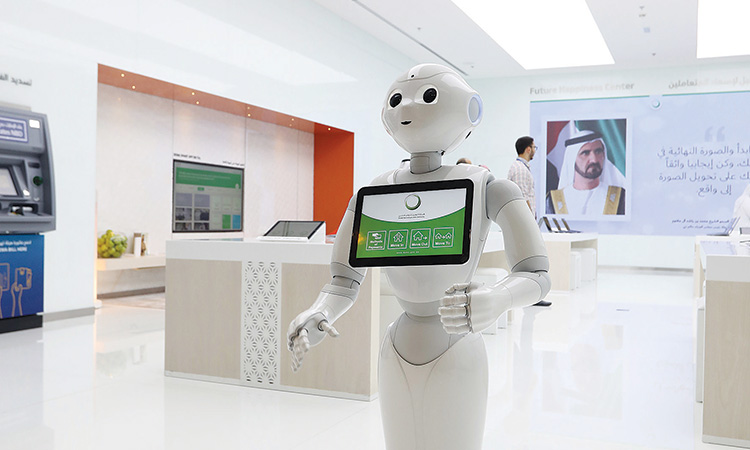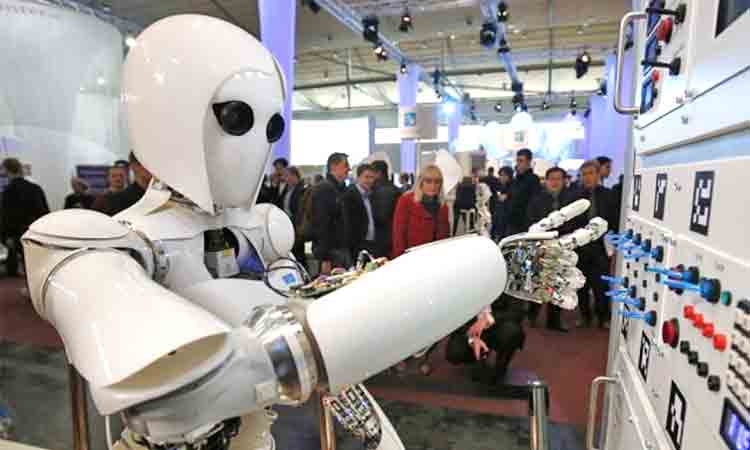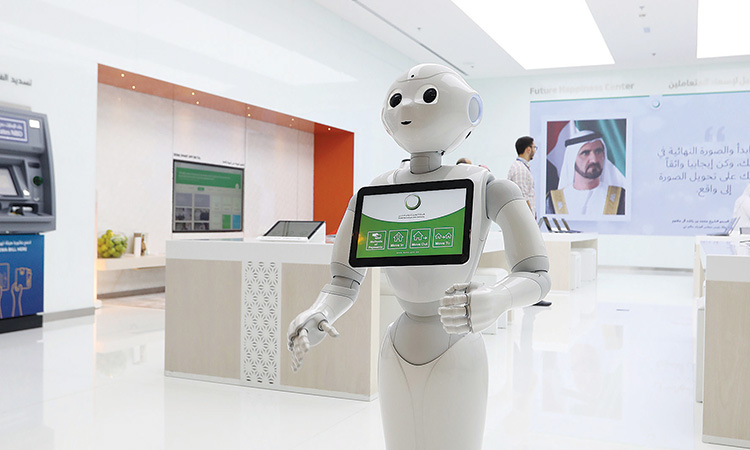In the age of AI journalism and Big Data of News, if data production never stops then robots also never stop


The photo has been used for illustrative purposes. File/ AFP
How can we keep track of the amount of data that we produce every day? There are 2.5 quintillion bytes of data created each day at the current pace, but that pace is only accelerating with the growth of the Internet of Things (IoT). In just the last two years, 90 per cent of that data in the world was generated, according to Domo Report 2017.
Let us think in another way. What do you think happens on the internet every second? 301,000 text are sent, 700,000 Whatsapp & Facebook messages, 16,666 log in on Facebook, $20,000 are spent online, 75, 000 videos are downloaded in YouTube, Amazon gains $1800, Google gains $1200. So I can say: “If data production never stops, also robots never stop.”
All of this daily Big Data of News, is much beyond the ability of the human journalists; to fully analyze or use them in media, to obtain correct statistical results, to convert them to numbers and results, and to provide high-definition content to the target audience. So how can Big Data be used to produce Big news with great content.
Here comes the role of Artificial Intelligence journalism which provides the right tools for analysis, monitoring, accurate results, and even the most appropriate deployment methods, and the fastest means to reach to the target audience.
For a concrete example of how AI can impact the input side of what journalists do, consider the International Consortium of Investigative Journalists (ICIJ), which for two years has directed a team of nearly 400 journalists analyzing approximately 2.6 terabytes of leaked emails, documents and databases. The result was The Panama Papers. The ICIJ didn’t employ any artificial intelligence at the start of its research, but Matthew Caruana Galizia, the organization’s web applications developer, wishes it had. “We were dealing with a vast amount of documents, and ICIJ just didn’t have the resources to investigate them all,” Galizia said. “But by using artificial intelligence, we would have been able to make that process much faster for all the journalists involved and end up with the same result,” according to AP.
According to AP experience, media starts to search for the best ways to transmit Big news data on a daily basis, to obtain numbers and statistics supporting the news or content.
AP uses data scientist in newsrooms. Depending more on Automated Insights’ platform, AP were able to automate their quarterly earnings reports – with astronomically improved results: it increased output by tenfold, generating more than 3,000 stories per quarter compared to just 300 previously.
According to AP report, what is a data scientist? And what is a computational journalist?
Data scientists are individuals with the technical capabilities to implement the artificial intelligence systems necessary to augment journalism. They are principally scientists, but they have an understanding as to what makes a good story and what makes good journalism, and they know how to communicate well with journalists. “It’s important to bring science into newsrooms because the standards of good science — transparency and reproducibility — fit right at home in journalism,” said Larry Fenn, a trained mathematician working as a journalist on AP’s data team.
Computational journalists on the other hand are principally journalists, but they have an understanding as to how artificial intelligence works and how AI can be used to augment their own journalism. Perhaps most importantly, they know how to communicate well with data scientists.
AP was not the only newsier that developed its AI Journalism tool, but there were some media organisations, including China Daily, which developed the first robot in the world to write articles called “Xin Xiaomeng”, which became the first robot journalist in the world.
The Washington Post also has AI Journalism tool “robot reporting program” called Heliograf. In its first year, it produced approximately 850 articles and earned The Post an award for its “Excellence in Use of Bots” from its work on the 2016 election coverage. However, The Post is using their system to not replace journalists, but to assist them and make their jobs easier and faster.
It can be said that Artificial Intelligence journalism will greatly reduce the human journalist effort in the Big data analysis and Big news analysis , and work in the production of more professional and more accurate content, which will contribute in publishing very detailed information about events and people and make an archive in a creative way the data of hundreds of years.







